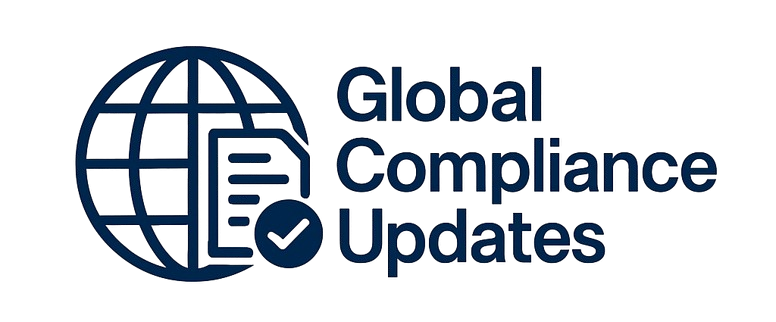This Seminar undertakes to explain the process of internal harassment and bullying investigation. Participants will learn how to handle harassment complaints and conduct the investigation to determine facts and minimize liability by analyzing evidence, drawing conclusions, writing a formal report outlining the investigation, and taking corrective actions where necessary.
WHY SHOULD YOU ATTEND?
The EEOC requires that employers receiving a complaint, or otherwise learning of alleged harassment in the workplace, to "investigate promptly and thoroughly take immediate and appropriate corrective action by doing whatever is necessary to end the harassment, make the victim whole by restoring lost employment benefits or opportunities, and prevent the misconduct from recurring".
That's a tall order to ensure a just and fair handling of a harassment complaint - an essential order that all organizations are required, by law, to follow. The investigation process is, perhaps, the most critical element in dealing with harassment.
This training program helps in identifying the critical components of harassment/bullying investigation in order to determine correct facts and reduce liabilities.
AREA COVERED
- To Determine if an investigation is Necessary
- To Discuss the Steps of an Investigation
- To Explore the Intricacies of Interviewing the Accuser, Accused, and Witnesses
- To Differentiate between Formal and Informal Investigative Procedures
- To Determine the Credibility of all Interviewees
- To Draw Conclusions following an Investigation
- To list necessary Elements in writing the Formal report Outlining the Investigation
WHO WILL BENEFIT?
- Human Resources Professionals
- HR training Manager
- Investigative Officers
- Managers
- Supervisors
- Team Leads
- Directors
- Department Head
The EEOC requires that employers receiving a complaint, or otherwise learning of alleged harassment in the workplace, to "investigate promptly and thoroughly take immediate and appropriate corrective action by doing whatever is necessary to end the harassment, make the victim whole by restoring lost employment benefits or opportunities, and prevent the misconduct from recurring".
That's a tall order to ensure a just and fair handling of a harassment complaint - an essential order that all organizations are required, by law, to follow. The investigation process is, perhaps, the most critical element in dealing with harassment.
This training program helps in identifying the critical components of harassment/bullying investigation in order to determine correct facts and reduce liabilities.
- To Determine if an investigation is Necessary
- To Discuss the Steps of an Investigation
- To Explore the Intricacies of Interviewing the Accuser, Accused, and Witnesses
- To Differentiate between Formal and Informal Investigative Procedures
- To Determine the Credibility of all Interviewees
- To Draw Conclusions following an Investigation
- To list necessary Elements in writing the Formal report Outlining the Investigation
- Human Resources Professionals
- HR training Manager
- Investigative Officers
- Managers
- Supervisors
- Team Leads
- Directors
- Department Head
Speaker Profile
 Dr. Susan Strauss
Dr. Susan Strauss
Dr. Susan Strauss is a national and international speaker, trainer and consultant. Her specialty areas include management/leadership development, organization development, communication, and harassment and bullying. She is an expert witness for discrimination and harassment lawsuits. She trains and consults with business, education, healthcare, law, and government organizations from both the public and private sector. Dr. Strauss has authored over 30 book chapters, books, and articles in professional journals. She has been featured on 20/20, CBS Evening News, and other television and radio programs as well as interviewed for newspaper and journal articles. She has her doctorate in organizational leadership, is …
Upcoming Webinars

ChatGPT and Project Management: Leveraging AI for Project M…

Workplace Investigations 101: How to Conduct your Investiga…

Project Management for administrative professionals

The Monte Carlo Simulations in Excel for Risky Investments

Onboarding is NOT Orientation - How to Improve the New Empl…

Dealing With Difficult People: At Work & In Life

Transform Data into Insights: A Beginners Guide to Excel Pi…

Construction Lending And Real Credit Administration: Evalua…

Understanding Accounting for non - Accounting professionals

Harassment, Bullying, Gossip, Confrontational and Disruptiv…

New Form 1099 Reporting Requirements: 2025 Compliance Update

Human Error Reduction Techniques for Floor Supervisors

HR Metrics and Analytics 2025 - Update on Strategic Plannin…

Treating Employees Like Adults: Discipline versus Empowerme…

7 Ways To Beat Burnout: Without Quitting Your Job


How to Write Procedures to Avoid Human Errors

Handbook Overhaul 2026: Compliance, OBBB Act & Beyond

FDA Proposes Framework to Advance Credibility of AI Models

Ethical Terminations: Navigating Employee Exits with Legal …

Understanding EBITDA – Definition, Formula & Calculation

Project Management for Non-Project Managers - Scheduling yo…

4-Hour Virtual Seminar on Hidden Secrets of Selling & Marke…

Validation Statistics for Non-Statisticians

Data Integrity and Privacy: Compliance with 21 CFR Part 11,…


The Alphabet Soup: When the FMLA, ADA, COBRA, and Workers' …

Talent Management: How to Leverage AI and ChatGPT Tools for…


Offboarding with Care: Conducting Legal & Ethical Employee …

2-Hour Virtual Seminar on How to Conduct an Internal Harass…

Payments Fraud Detect & Prevent Check, ACH and P-Card Schem…

Managing Toxic & Other Employees Who have Attitude Issues



Reduce Stress in the Workplace: Effective Ways to Handle Co…





Excel - Pivot Tables - The Key To Modern Data Analysis and …
